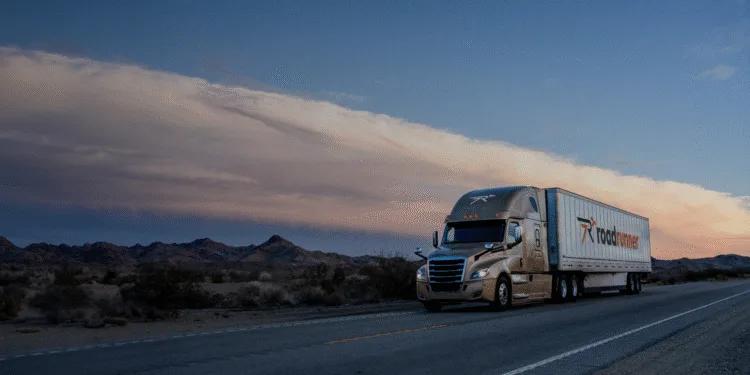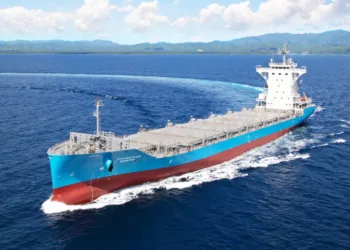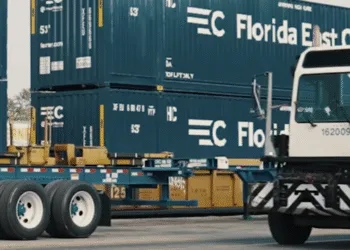Roadrunner has launched a new suite of pricing products designed to simplify LTL shipping and improve transparency for shippers and freight forwarders. The release includes the carrier’s first proprietary tariff, RFDS1000, along with Weight-Based DIM Pricing, the A2A Freight Forwarder Service, and a Dynamic Volume Quote Model.
The decision to move away from third-party tariffs such as CZAR reflects the misalignment between those legacy systems and Roadrunner’s direct metro-to-metro network.
“External tariffs built around hub-and-spoke models simply don’t fit our operating framework,” said Tomasz Jamroz, president and chief operating officer. “By owning our own tariff, we eliminate unnecessary complexity and can offer consistent, transparent pricing with one discount per customer rather than thousands of lane-level variations.”
RFDS1000 gives the company full control over rating, rules, and service policies, which Roadrunner says will enable faster onboarding, simpler integration, and fewer billing disputes. While the tariff remains class-based, Jamroz noted that it accelerates pricing execution and simplifies customer interactions, particularly on the carrier’s long-haul metro-to-metro lanes.
Roadrunner is also introducing Weight-Based DIM Pricing to better serve international shippers and freight forwarders. This model calculates rates based on weight and dimensions rather than traditional class codes, reducing confusion for shippers unfamiliar with the U.S. NMFC system.
“By enabling a dim-weight-based model, we make pricing more predictable and easier to communicate to end customers,” Jamroz said. He added that domestic shippers have also shown growing interest in alternative pricing models following recent NMFC code changes.
The A2A Airport-to-Airport Freight Forwarder Service leverages Roadrunner’s LTL SmartNetwork to move air cargo between major metro markets with faster transit times, late cut-offs, early recoveries, and real-time visibility.
After a beta period with select partners, Roadrunner is expanding the offering to address the market’s limited forwarder options. “We see an opportunity to bring more choice and reliability to that space by combining operational efficiency with digital visibility into a single service,” Jamroz said.
Underpinning these initiatives is Roadrunner’s Dynamic Volume Quote Model, an adaptive pricing engine that calculates rates in real time based on network data and shipment characteristics. The system generates unique quote IDs for each transaction, enabling traceability and immediate accuracy.
Jamroz explained, “Our new Dynamic Pricing resembles renting trailer space more than traditional static pricing. It’s NMFTA-class independent and uses AI and laser-based measurement systems to determine cube data with 99% accuracy. This lets us offer real-time quotes based on actual network conditions rather than fixed rates.”
The focus on automation and analytics is part of Roadrunner’s broader transformation from a carrier in recovery to a technology-forward operator. Jamroz described the launch of these pricing products as a milestone in the company’s evolution. “Roadrunner 2.0 was about restoring performance and rebuilding our network. Roadrunner 3.0 is about innovation, using AI, analytics, and automation to deliver faster, smarter, and more adaptable freight solutions.”
The post Roadrunners jump to a tech-forward LTL carrier appeared first on FreightWaves.


















